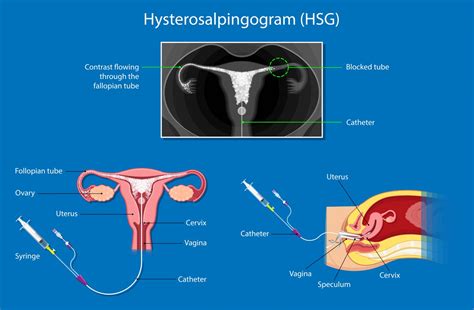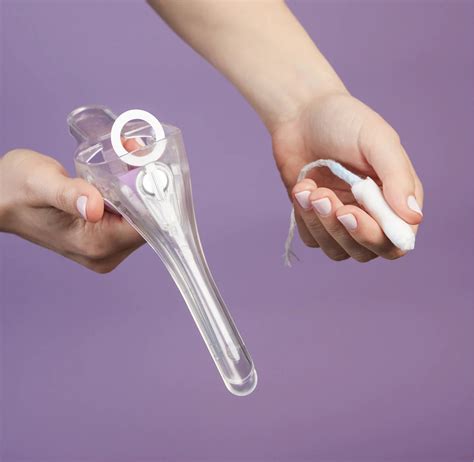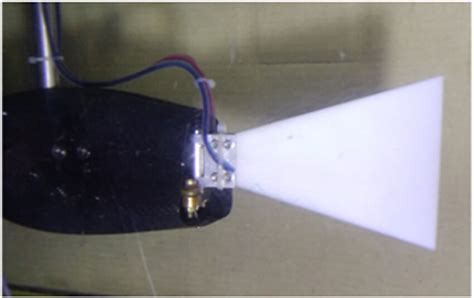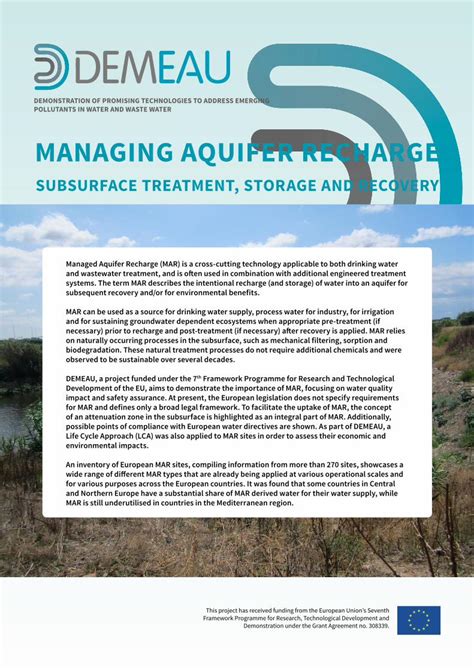Intro
Discover the 5 Steps HSG Procedure, a diagnostic tool for infertility, utilizing hysterosalpingography to evaluate fallopian tubes, uterine cavity, and reproductive health, promoting fertility treatments and womens wellness through minimally invasive techniques.
The HSG procedure, also known as a hysterosalpingogram, is a diagnostic test used to evaluate the shape of the uterine cavity and the patency of the fallopian tubes. This procedure is commonly used in the diagnosis and treatment of infertility, as well as in the evaluation of recurrent miscarriages and other gynecological conditions. Understanding the steps involved in the HSG procedure can help individuals prepare for the test and understand what to expect.
The importance of the HSG procedure lies in its ability to provide valuable information about the female reproductive system, which can be crucial in identifying potential causes of infertility or other gynecological issues. By visualizing the uterine cavity and fallopian tubes, healthcare providers can diagnose conditions such as uterine abnormalities, fallopian tube blockages, and other issues that may be contributing to infertility or other symptoms. This information can then be used to develop an effective treatment plan, which may include surgical interventions, fertility treatments, or other therapies.
In addition to its diagnostic capabilities, the HSG procedure is also relatively non-invasive and can be performed on an outpatient basis. This makes it a convenient and relatively low-risk option for individuals who require evaluation of their reproductive system. However, as with any medical procedure, it is essential to understand the steps involved and what to expect during and after the test. This knowledge can help individuals feel more prepared and informed, which can reduce anxiety and improve overall outcomes.
Introduction to the HSG Procedure

Step 1: Preparation

Importance of Timing
The timing of the HSG procedure is critical, as it can affect the accuracy of the results and the overall success of the test. Performing the procedure during the follicular phase helps to ensure that the uterine cavity and fallopian tubes are in their normal state, which can provide more accurate information about any potential abnormalities or blockages. Furthermore, avoiding intercourse and douching before the test can help reduce the risk of infection, which is essential for maintaining the health and integrity of the reproductive system.Step 2: Insertion of the Speculum

Role of the Speculum
The speculum plays a critical role in the HSG procedure, as it provides a clear and unobstructed view of the cervix and uterine cavity. This allows healthcare providers to accurately inject the dye and obtain high-quality images of the reproductive system. Additionally, the speculum helps to minimize the risk of complications, such as bleeding or infection, by providing a controlled and sterile environment for the procedure.Step 3: Injection of the Dye

Types of Dye
There are several types of dye that can be used during the HSG procedure, each with its own unique characteristics and advantages. The most common type of dye is a water-soluble contrast medium, which is safe and effective for most individuals. However, some individuals may require a different type of dye, such as an oil-soluble contrast medium, which is used in certain situations or for individuals with specific medical conditions.Step 4: Imaging

Imaging Technologies
There are several imaging technologies that can be used during the HSG procedure, each with its own unique advantages and disadvantages. X-ray is the most common imaging technology used, as it provides high-quality images of the reproductive system. However, other technologies, such as ultrasound or fluoroscopy, may be used in certain situations or for individuals with specific medical conditions.Step 5: Recovery

Post-Procedure Care
After the HSG procedure, individuals should follow any post-procedure instructions provided by their healthcare provider. This may include avoiding heavy lifting, bending, or strenuous activities for a specified period, as well as avoiding intercourse or douching to minimize the risk of infection. Additionally, individuals should contact their healthcare provider if they experience any severe symptoms, such as heavy bleeding, severe cramping, or fever, as these may indicate a complication or other issue that requires medical attention.What is the purpose of the HSG procedure?
+The HSG procedure is used to evaluate the shape of the uterine cavity and the patency of the fallopian tubes, which can help diagnose conditions such as infertility, recurrent miscarriages, and other gynecological issues.
What are the risks and complications of the HSG procedure?
+The HSG procedure is generally safe, but there are some risks and complications that can occur, such as infection, bleeding, or allergic reactions to the dye. Individuals should discuss these risks with their healthcare provider before undergoing the procedure.
How long does the HSG procedure take?
+The HSG procedure typically takes about 30-60 minutes to complete, depending on the individual and the complexity of the procedure.
In
